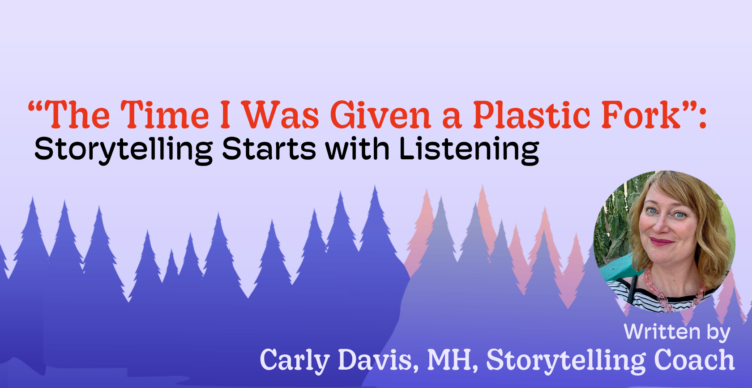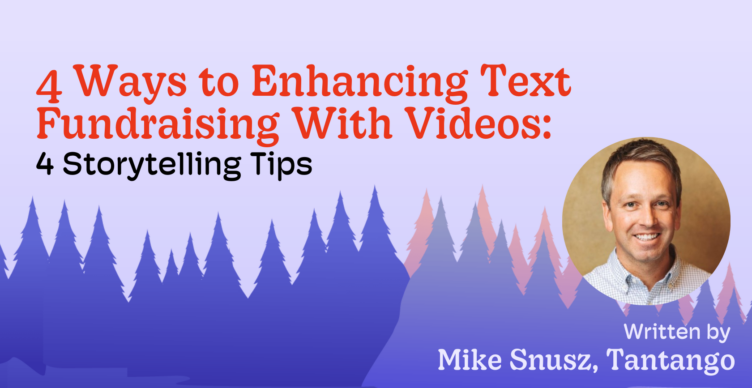Email Marketing & Fundraising, Social Media Ideas
Crafting Change: 5 Graphic Design Tips for Nonprofits
Is your nonprofit looking to boost your marketing efforts and fundraising initiatives? Of course you are! Who isn’t? Give your brand the jumpstart it needs through graphic design.
The power of visual storytelling through graphic design can be a game-changer for your cause. Whether it’s creating eye-catching social media posts, compelling donation campaigns, or impactful event materials, graphic design plays a crucial role in engaging your audience and inspiring action. In this article, you’ll find five tips to help you harness the potential of graphic design for nonprofits and achieve your mission with flair!
1. Know Your Audience: Understanding your audience is the first step to successful graphic design. Are you appealing to donors, volunteers, or beneficiaries? Each group has different interests and motivations. Tailor your designs to resonate with the emotions and values of the particular audience you are speaking to.
2. Storytelling Through Imagery: The best way to connect people to your mission is through storytelling. Graphic design is the perfect avenue to convey your nonprofit’s story. Combine powerful visuals with concise, impactful copy to create a narrative that sparks empathy and action. Use images that evoke emotions and convey the essence of your cause. Infographics and before-after visuals that illustrate the impact of your organization can be particularly effective in showcasing your achievements.
 3. Consistent Branding: Establishing a consistent brand identity is essential for building recognition and trust. Design a logo that reflects your mission and values, and use it across all your marketing materials. Select a color palette and typography that aligns with your organization’s personality. Consistency will help your audience recognize your nonprofit’s materials instantly, whether it’s on your website, social media, or promotional materials. For example, you will find our fox icons embedded into our articles and webinar slides.
3. Consistent Branding: Establishing a consistent brand identity is essential for building recognition and trust. Design a logo that reflects your mission and values, and use it across all your marketing materials. Select a color palette and typography that aligns with your organization’s personality. Consistency will help your audience recognize your nonprofit’s materials instantly, whether it’s on your website, social media, or promotional materials. For example, you will find our fox icons embedded into our articles and webinar slides.
FOX TIP: We are big fans of the fox emoji. You can find it in the majority of our social media posts and email correspondence. Does your organization have an emoji that symbolizes your brand? Use it to bolster brand recognition! Then use it again, and again, and again… 🦊
4. Simplicity Is Key: In today’s fast-paced world, simplicity reigns supreme. Keep your graphic design clean, uncluttered, and easy to understand. Avoid overloading your designs with excessive text or complicated visuals that may confuse or overwhelm your audience. Refrain from using more than 3 fonts, and embrace blank spaces! Remember, less is often more.
5. Call-to-Action (CTA) Placement: Ultimately, your graphic design should inspire action. Strategically place clear and compelling CTAs in your designs to encourage viewers to take the desired steps, such as donating, volunteering, or sharing your content. Make the CTA stand out using contrasting colors or bold typography. Directing your audience towards specific actions will increase engagement and help you achieve your nonprofit’s goals. 
By incorporating these five tips for graphic design for nonprofits, you can create a visually captivating experience that resonates with your audience and motivates them to support your cause. If you’re not sure where to start, we highly recommend creating with Canva (for nonprofits – it’s completely free!). Remember, graphic design is not just about aesthetics; it’s a powerful tool for driving impact and making the world a better place—one creative design at a time. Happy designing!

About the Author
Carly Euler
Marketing Manager, MemoryFox
Carly comes from the nonprofit world ready to elevate the hundreds of nonprofits in the MemoryFox community. She currently serves as the Co-Chair of the Wily Network’s Young Professionals Association, and has previously held positions at the Breast Cancer Coalition of Rochester, the Code of Support Foundation, Kenya Lacrosse Association, and the BOMA Project, where she has specialized in marketing, communications, and fundraising. Storytelling has been an integral part of each role.




